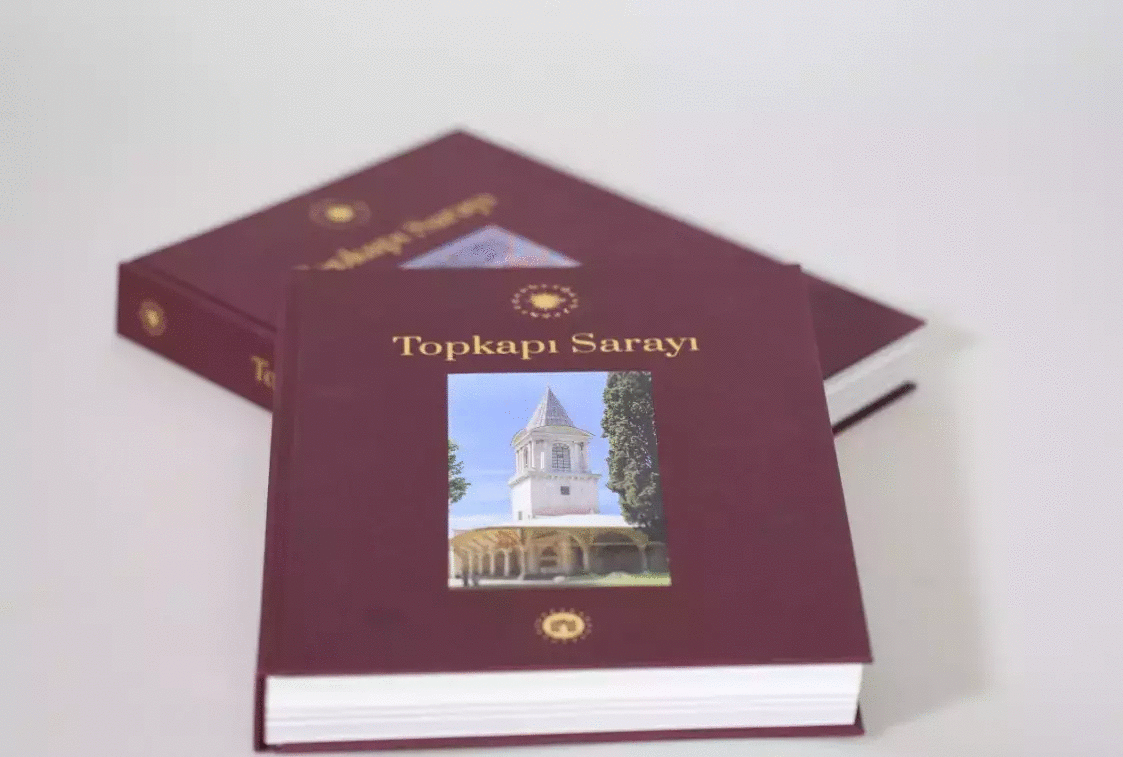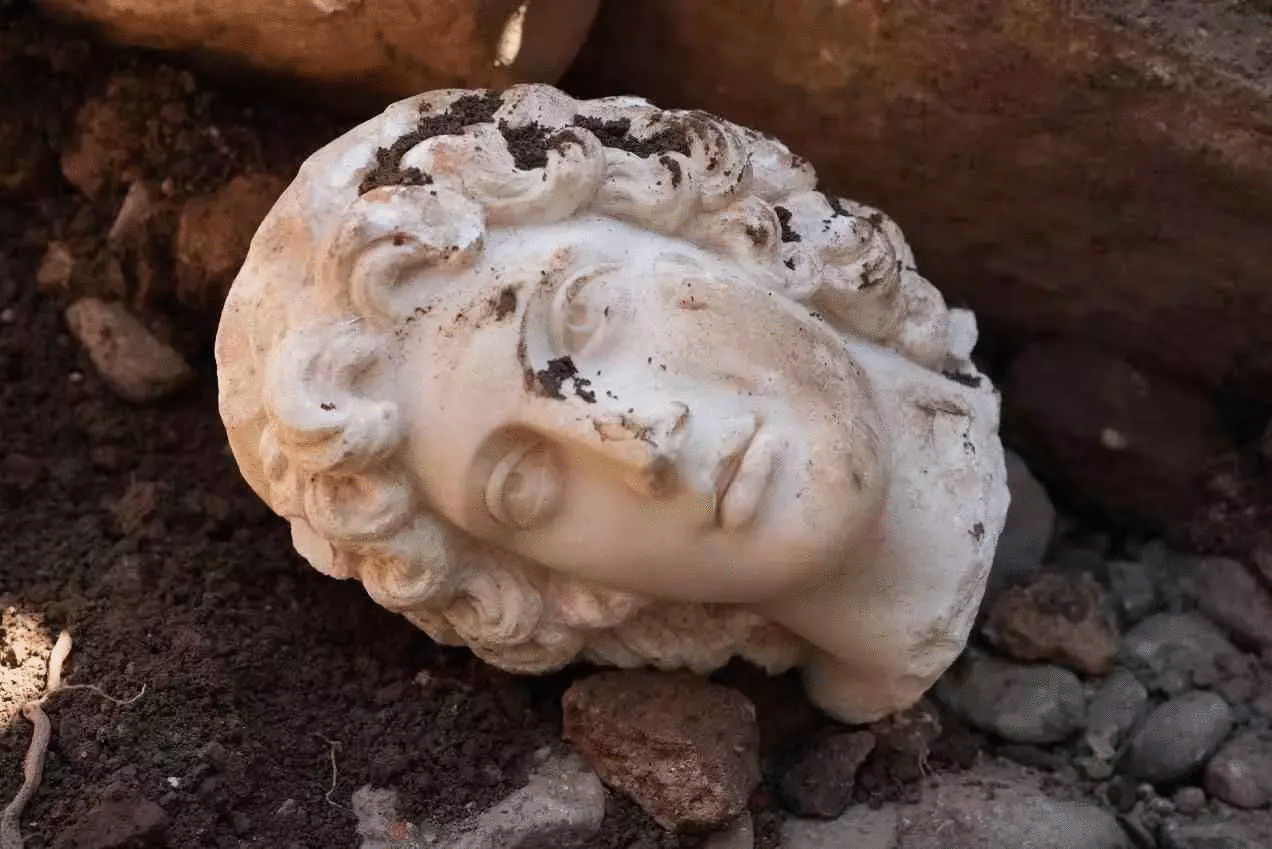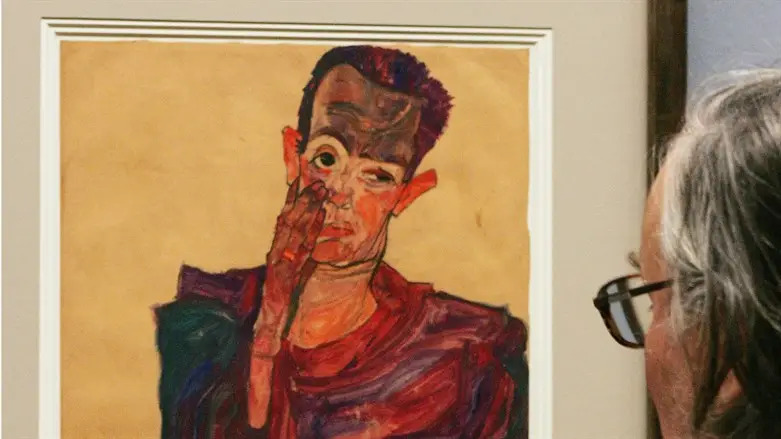The two-volume “Topkapı Palace” book, which features all the details of Istanbul’s Topkapı Palace, has been introduced.
Güller Karahüseyin, Head of the National Palaces Museology and Promotion Department, said that the book consists of 29 articles written by well-known names in the field and is the most comprehensive publication about the palace.
The book’s first volume covers the architecture, sections, structures and collections of the palace, while the other volume consists entirely of articles covering the palace collections.
Providing information about the book, Karahüseyin stated that the book “Topkapı Palace” will be published in English soon.
“Topkapı Palace is one of the most visited and best-known palaces in our country and has a lot of visitors. We made such a publication because we aimed to introduce the palace to the whole world with such publications. Of course, there are other successful publications about Topkapı Palace. But this book, prepared by the Presidency of National Palaces, was created with a more academic language and discipline,” she said.
Stating that the book starts with an article by Professor Sadettin Ökten, Karahüseyin said the following: “In his article, he says that, based on the collections that visitors see while visiting the palace today, it helps us to obtain information about people’s vision on civilization at that time and their active role in creating the collections of the palace. İlber Ortaylı, mentions that Topkapı Palace has not suffered any destruction or internal plunder like Versailles or the Hermitage. On this occasion, he mentions that all the works of the palace are registered. And then, after describing the very valuable collections of the palace, he talks about the latest restorations and other works.’’
The book has many different articles on the palace. Feridun Özgümüş explained the pre-Ottoman archaeology of the Topkapı Palace land and excavations there. The first courtyard of the palace was written by Resul Yelen of Medeniyet University while Özlem Çuhadar of Marmara University explained the second courtyard of the palace, namely Divan Square, in an academic discipline. Our scientific committee member from Marmara University, Professor Abdülhamit Tüfekçioğlu, wrote about the third courtyard of the palace, the Enderun Courtyard. Professor Kadir Pektaş reevaluated the harem section of the palace for the first time in the light of new documents and information.







